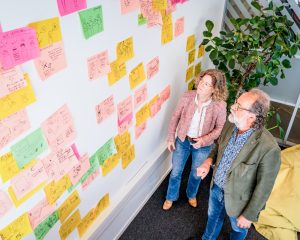Human-data interaction to enhance office well-being
Hi, my name is Hans Brombacher and I am a fourth year Industrial Design Ph.D. candidate. My work focuses on the topic of human-data interaction to enhance office well-being and is part of the POWEr FITTing project of Eindhoven Engine.
Three case studies
In the landscape of workplace technology, sensing systems play a crucial role in gathering data for understanding building performance and employee activities. However, a common challenge arises: individuals often feel disconnected from these systems, being treated merely as passive recipients of data. Three case studies propose practical solutions to address this issue.
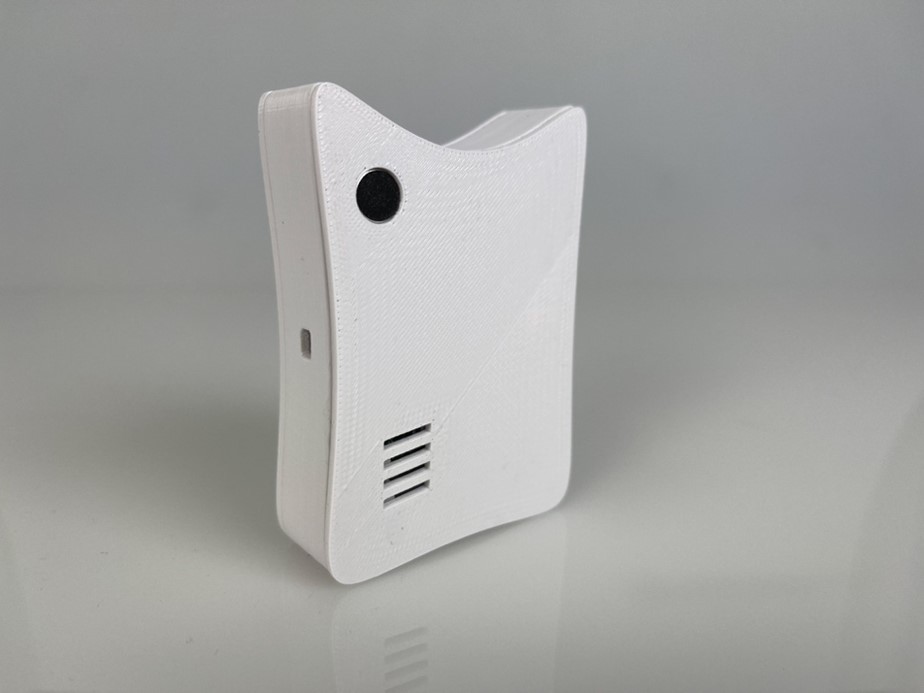
Case 1. SensorBadge
Case 1 introduces SensorBadge, an ego-centric sensor platform allowing employees to actively participate in data collection and analysis. This approach emphasizes the importance of seamlessly integrating sensor technology into daily routines while ensuring individuals have control over their data. The study underscores the need for clear and understandable data representations to facilitate informed decision-making.
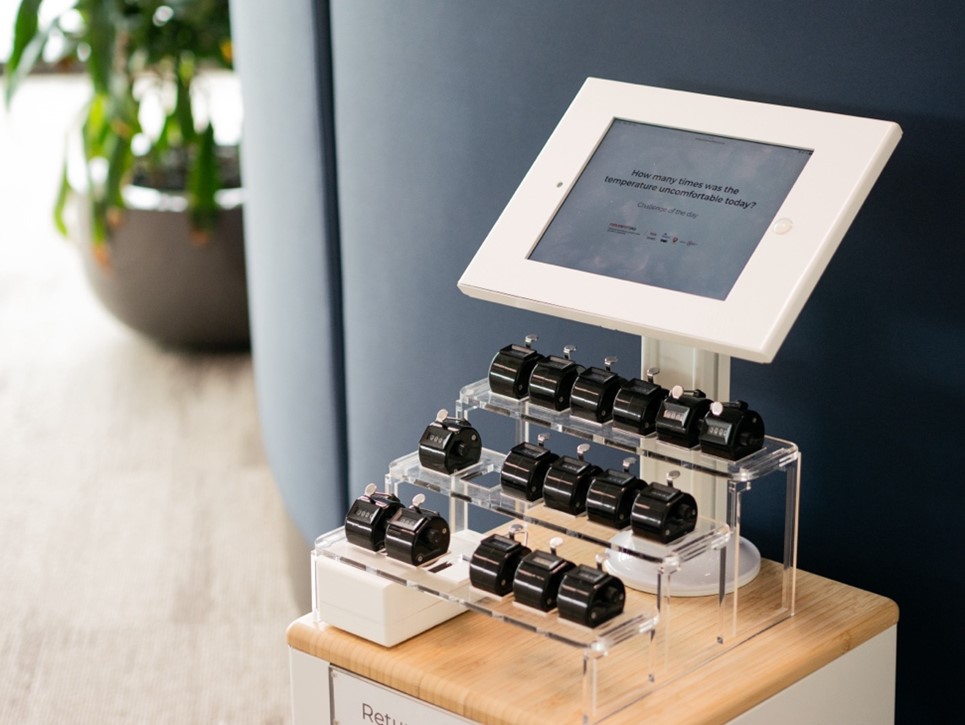
Case 3. Click-IO
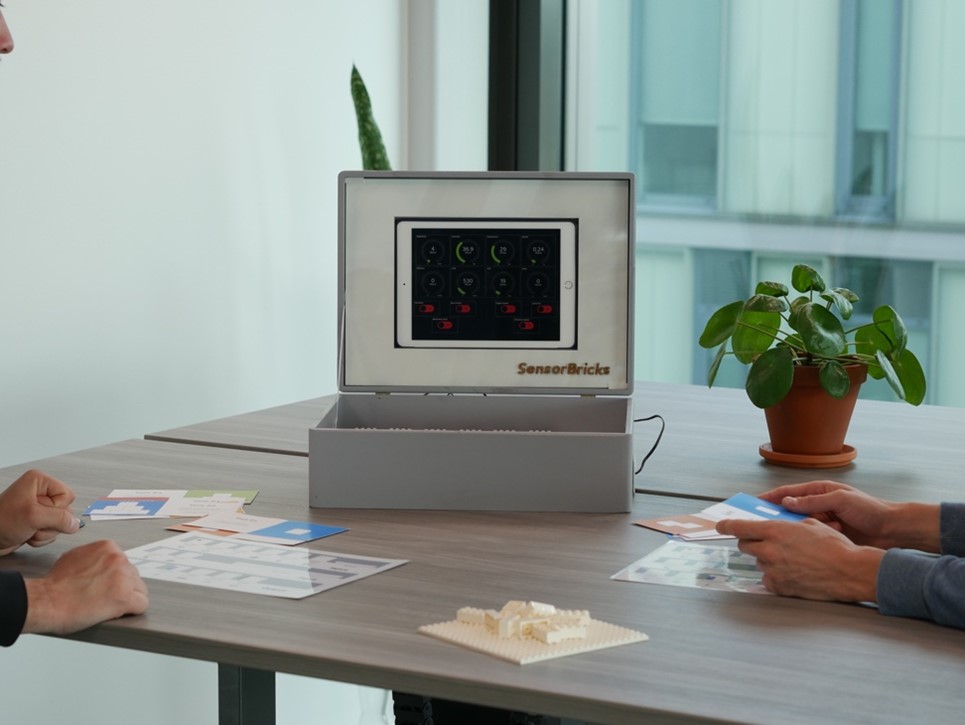
Case 2. SensorBricks
Human-centered design
These case studies demonstrate the importance of human-centered design in workplace sensing technologies. By prioritizing user engagement, control, and understanding, these approaches pave the way for more meaningful insights and improved well-being in the modern workplace.
Integration of findings
Within our final study, which will start soon, we will integrate the findings of these studies into a unified artifact, prioritizing human-centric design principles. This aims to enhance data literacy, facilitate real-time feedback on well-being, and ensure employee control over data. Implementing such an ecosystem in diverse workplace settings could provide valuable insights into its effectiveness and ethical implications, ultimately fostering a more fulfilling and productive work environment.
Videos
Marieke van Beurden – Project leader
The POWerFITTing project focuses on the optimization of a person’s vitality both at work and the (home) office to remain healthy and productive.
Steven Vos – Professor Fontys & TU/e
We are optimizing the relationship between vitality and the (home) office environment. By taking into account individual, societal and contextual factors, this enables employees to remain both healthy and productive.
Hans Brombacher – PhD candidate
Hans, PhD candidate in the POWErFITTing project, researches the improvement of a healthier and active environment for people in (home) offices. By the combination of data acquisition, integration and application for the validation and acceleration of user-oriented solutions, Hans is optimizing the relationship between vitality and the (home) office environment.
Infographic
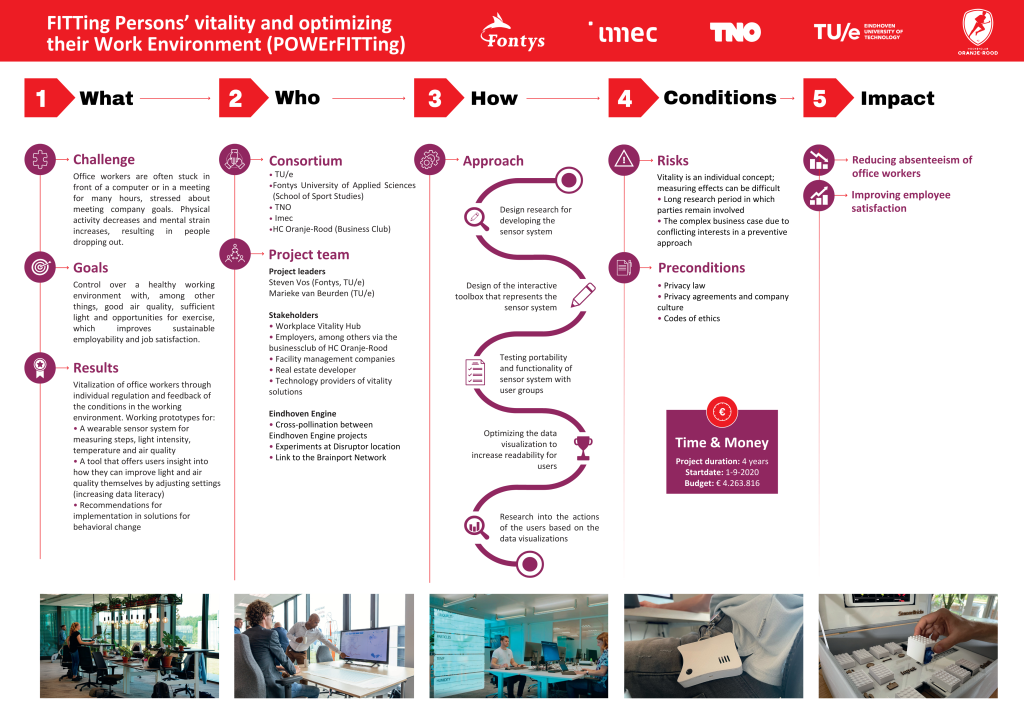
More project info

Human-data interaction to enhance office well-being

Moving faster!

